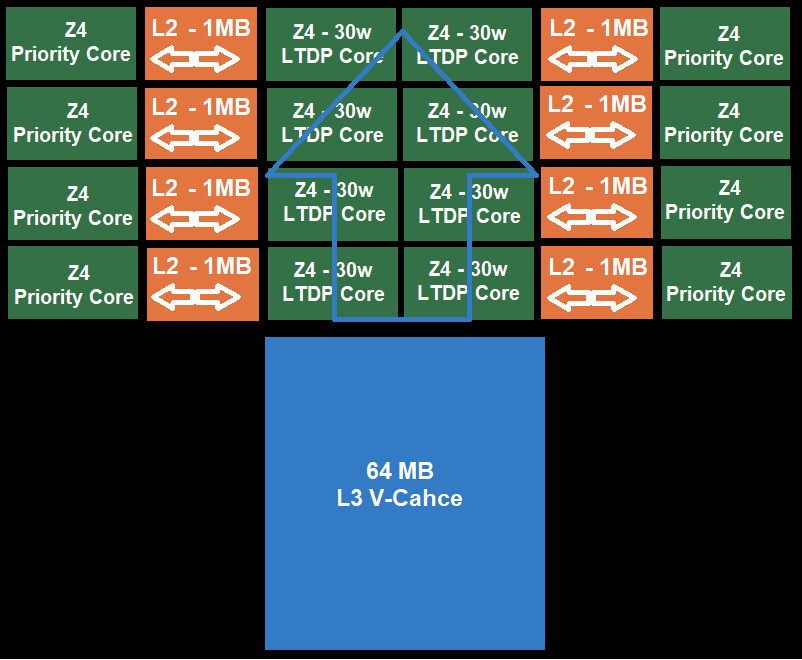Deleted member 258511
Deleted member 258511
It’s always better to have too many than not enough. I mean some people would see it as a waste, but if they don’t upgrade often, I’d say why not, depending on price of course.A family member recently got a new laptop to replace their 8 year old laptop and while they are not good with computers I tried to explain how the one should be fast for a very long time unlike the one it replaced. Both are Intel based laptops but the former only had 2 cores and over the years it became increasingly slow to the point where even just web browsing was painful, the new one has 14 cores and I can't think of any reason why this laptop needs 14 cores (because it's not a gaming laptop and it's not a portable workstation) but at least I'm pretty sure it's not going to run out of cpu cycles like the old one
Last edited by a moderator:


